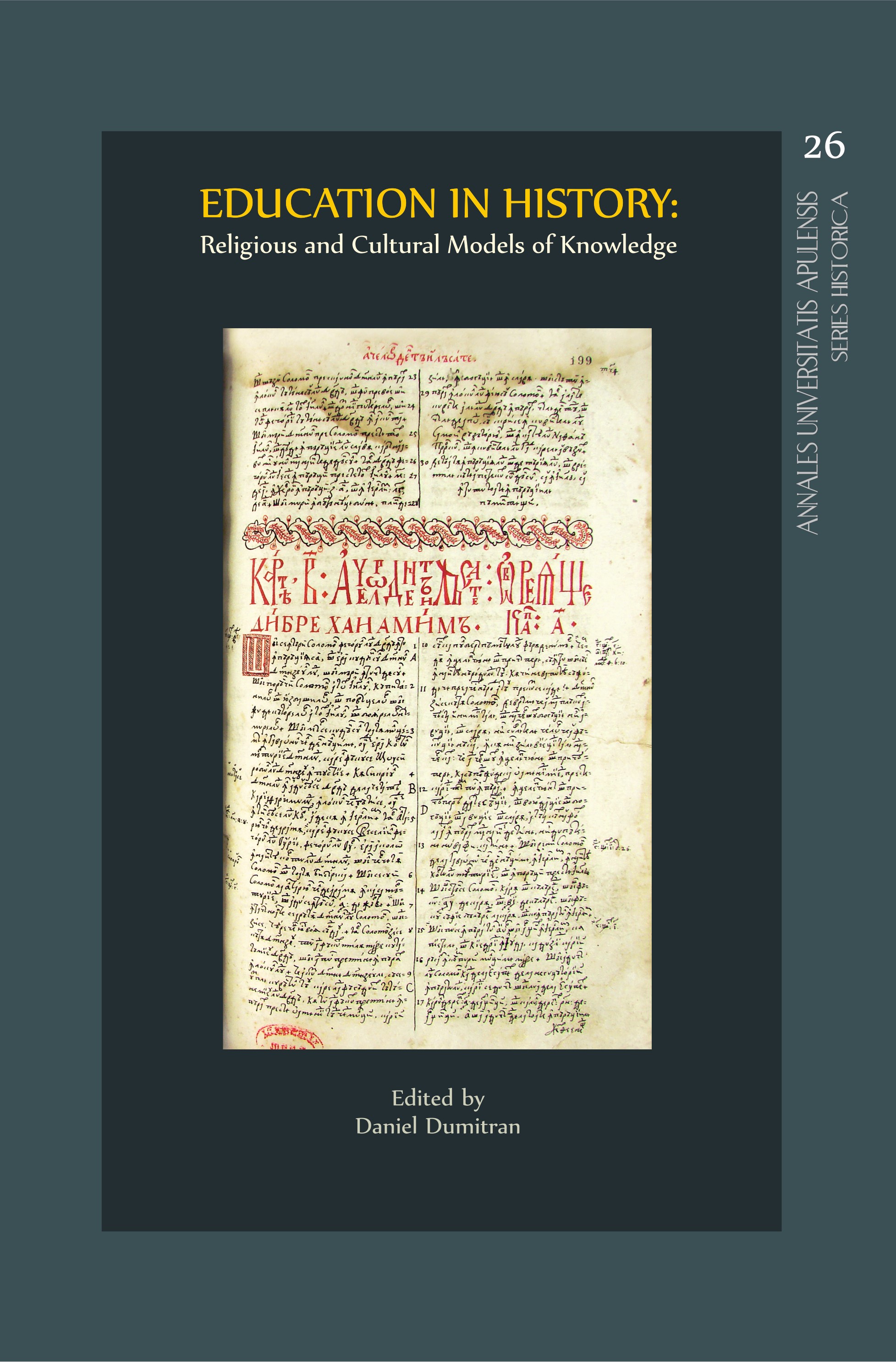Colegiul Reformat din Alba Iulia - Sárospatak
The Reformed College of Alba Iulia - Sárospatak
Author(s): Botond Kund GudorSubject(s): History, Cultural history, Modern Age
Published by: Editura Mega Print SRL
Keywords: Reformed college; Sárospatak; Alba Iulia; Mihály Apafi I; exile;
Summary/Abstract: The exiled college of Sárospatak had a significant influence on the educational and ecclesiastical history of Transylvania during the 44 years it was active in Alba Iulia, between 1672 and 1716. The college of Alba Iulia - Sárospatak was one of the first schools in Transylvania to include weekly teaching of English classes in its curriculum. The students of the College introduced the festive liturgical services (raising funds for subsistence through service called legatio), still practiced today by theologians in Reformed areas. After being expelled from Alba Iulia as well, the students and professors of the College raised the lower school (particula) of Târgu Mureș to the rank of Illustrious College. At the in the late seventeenth and early eighteenth century, the College became one of the main advocates for resistance to, and then a victim of, the Transylvanian Counter-Reformation. The 44 years during which the College was active in Alba Iulia show us the image of an institution that, against all vicissitudes, redefined itself, adapting and rebuilding from the ground up. Many students of the College of Alba Iulia - Sárospatak were employed as teachers in the area around the city’s borders, but some preferred to occupy parishes around the hometown of Patak (Hungary). These students expressed their gratitude to supportive patrons among the nobility by educating their children. The ever-growing number of local schools was a sign that the task of education in the Țara Vinului had become a well-mastered asset of the College. Students of the College occupied the positions of parish priests in the neighbouring communities of Șard, Vințu de Jos, Săliște, Ighiu, Cricău, Hidrifaia, Vurpăr and Făgăraș, often located on the domains of the Teleki, Barcsai and Bethlen families. Some graduates left for other opportunities in Upper Hungary or Transylvania. The life of the particula in Făgăraș, previously linked to the College of Aiud, later became dependent on the College of Alba Iulia. Our study comprehensively analyses the decades of Reformed education in Alba Iulia in order to gain a detailed perspective on the process of loss of educational and ecclesiastic buildings that once belonged to the Reformed Church and to the student community of the College.
Journal: Annales Universitatis Apulensis Series Historica
- Issue Year: 26/2022
- Issue No: 1
- Page Range: 17-72
- Page Count: 56
- Language: Romanian
- Content File-PDF

